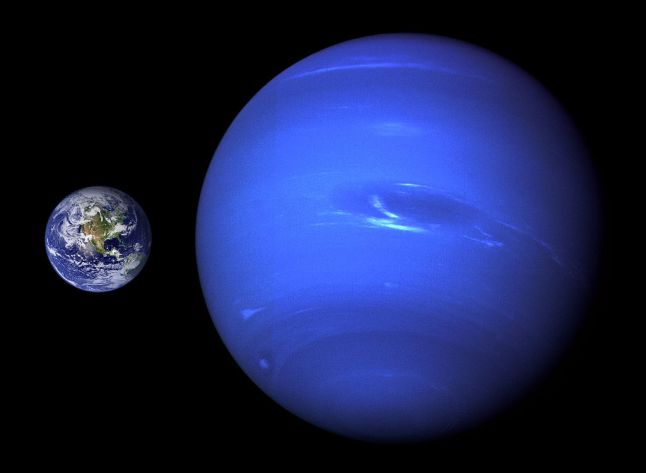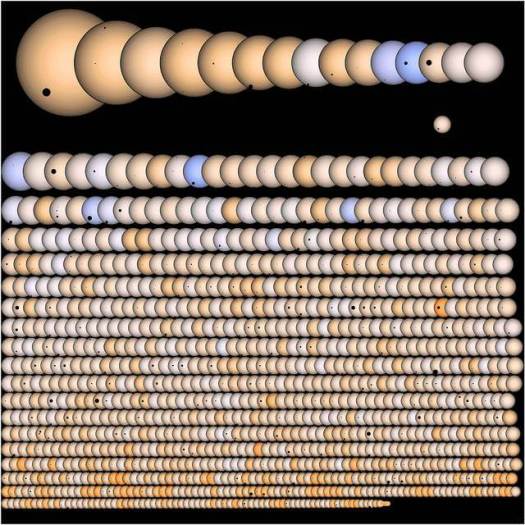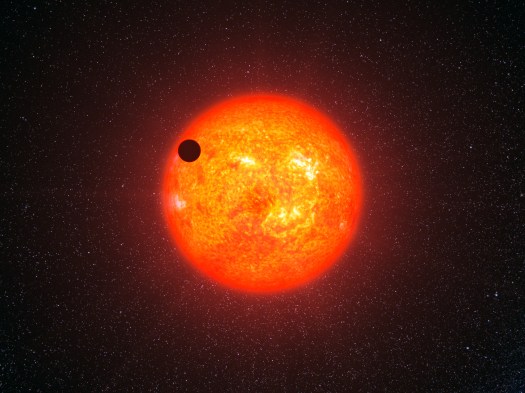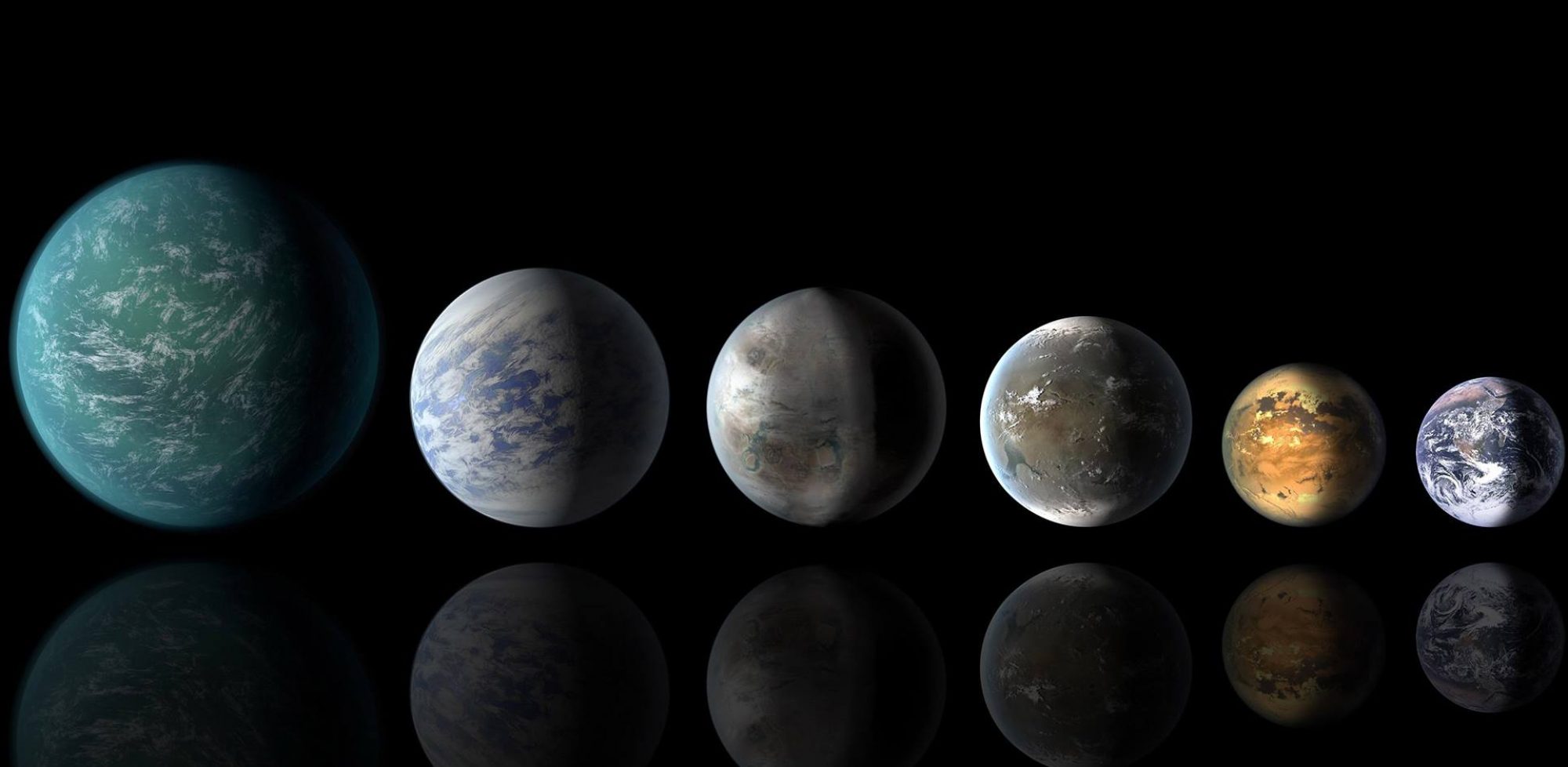Part 1 of 2

When the first exoplanet was identified and confirmed 20 years ago, there was enormous excitement, a sense of historic breakthrough and, with almost parallel intensity, sheer bewilderment. The planet, 51 Pegasi B, was larger than Jupiter yet orbited its parent star in 4 days. In other words, it was much closer to its star than Mercury is to ours and so was extremely hot.
According to theories of the time about planetary formation and solar system organization, a hot Jupiter so close to its sun was impossible. That kind of close-in orbit is where small rocky planets might be found, not Jupiters that belonged much further out and were presumed to always be cold.
That was a soberingly appropriate introduction to the new era of exoplanets, and set the stage for 20 years of surprises and re-evaluations of long held theories and understandings.
While the presence of close-in hot Jupiters certainly remains one of the great puzzles of the exo-planet era, the most consequential exo-planetary revelation has likely been the discovery of many planets larger than Earth and smaller than the next largest planet in our solar system — icy, gaseous Neptune.
These “super-Earths’ and “sub-Neptunes” range greatly in size since Neptune has a radius four times greater than our planet. What’s so surprising about the presence of this class of planets is that they are not just common, they are by far the most frequently detected exoplanets to date.

Perhaps most intriguing of all, however, is their absence in our planetary line-up.
It has long been predicted that the planetary make-up of our solar system would be typical of others, but now we know that is (again) wrong. As Mark Marley, a staff scientist at NASA’s Ames Research Center who studies exoplanets put it, the widespread presence of “super-Earths” elsewhere and their absence in our system “is telling us something quite important.” The work to tease out what that might be has just begun, and will likely keep scientists busy for some time.
“It certainly seems that the universe wants to makes these planets,” Marley told me. “And they’re surprising not only because nobody predicted their vast number but also because they have been intractable – very, very difficult to characterize. It seems like they want to keep their secrets close to the vest.”
How are these planets keeping their secrets – the ingredients of their atmospheres, in particular – from researchers? Because many seem to be surrounded by thick clouds and layers of sooty smog, like Los Angeles on a very bad day. As a result, the spectroscopy normally used to read exoplanet atmospheres and determine what elements and compounds are present is of little use. The instruments can’t see through the thick film
This helps explain why many astronomers and planetary scientists don’t like the term “super-Earths.” The word implies that they are sized-up Earths, but there’s every reason to believe that very few fit into that category. Nonetheless, the name is so compelling that, for now at least, it seems to have stuck – with that addition of “sub-Neptunes.”

Despite the difficulties in characterizing these planets, some progress is being made. Researchers Leslie Rogers of Caltech and Lauren Weiss at Berkeley have separately, for instance, determined which super-Earths and mini-Neptunes are likely to be rocky like Earth and which are likely to be gaseous and icy like Neptune. The cut-off is by no means precise or across-the-board, but it appears that once a planet has a radius more than 1.5 or 1.6 times the size of Earth, it will most likely have a thick gas envelope of hydrogen, helium and sometimes methane and ammonia around it.
Weiss, a Ken & Gloria Levy Graduate Student Fellow, described some other super-Earth/sub-Neptune characteristics that she and others have found. These exoplanets, for instance, very often have nearby companions in the same class. Many of these larger ones (above 1.5 Earth radii) also tend to be fluffy; quite big but not particularly dense. Weiss likens the least dense super-Earths to macarons – a light, French meringue-based confection (that is definitely not a macaroon.)
They may well have cores of iron and some inner rockiness, but they are so light that they have to consist in large part of hydrogen, helium, water and other gases. It is common to find super-Earths and even sub-Neptunes that have much larger diameters than Earth, but have less mass than Earth.
While some of the super-Earths and sub-Neptunes were, and still are being detected using ground-based radial velocity and other techniques, most were found by Kepler. That means the field is very young because that early data came out only a few years ago. But it represents such an important and compelling paradigm shift in astronomy and planetary science that a large and growing contingent of researchers has quickly assembled to search for and study these properly high-profile planets – their orbits, their planetary neighbors, their masses, and now to some extent the make-up of their atmospheres and cores. Some of the work involves observation, some theory and some modeling.
As Mark Marley pointed out, these planets are not giving up their secrets easily. And inevitably, given the great interest and limited data, conclusions and findings will be published that appear strong at the time, but are quickly eclipsed by new information.
Take, for instance, the announced interpretation in 2009, 2012 and 2013 of a sub-Neptune size “water world.” While the papers that introduced the possibility of a very wet exoplanet Gliese 1214b contained caveats, the news stories that went around the world reported that the first water world had apparently been discovered. Exciting news, for sure.

But several years later, it is clear that the water world story was premature. The presence of water had never been confirmed for Gliese 1214b, but rather had been inferred by other limited measurements involving mass, radius, and the absence of spectral data, which were together interpreted to mean the possible, or even probable, presence of a steamy, wet atmosphere.
It still may be the case that the planet has abundant water. But follow-up investigation using the Hubble Space Telescope showed conclusively that the planet was covered in clouds of unknown make-up and origin, and that the presence of massive amounts of water could not be properly inferred from the data at hand.
Zachory Berta-Thompson of MIT was one of the key participants in the Gliese 1214b papers, and he agrees that the evidence today does not point to a water world. “There was a very deep investigation of the GJ 1214b atmosphere with the Hubble, and if water was there it would have been detected,” he said. (The lead author of that paper was Laura Kreidberg of the University of Chicago.)
“We used the data we had when the planet was discovered, and made calculations and inferences that made sense at the time,” Berta-Thompson said. “But the field moves quickly and with the discovery of many other sub-Neptunes, we would draw other conclusions.” Gliese 1214b, he said, is most likely a puffy planet (with an envelope of hydrogen and helium) rather than a water world.
This is not, it should be noted, a knock on the initial paper. If anything, it’s a knock on journalists (of which I have long been one) who highlighted the water world story. But primarily, the Gliese 1214b research is one of numerous examples of the exciting new science of super-Earths and sub-Neptunes playing out at very high speed, with inevitable potholes on a bumpy and terribly hard-to-navigate road.
Many Worlds will continue this discussion of super-Earths and sub-Neptunes on Friday, with an emphasis on thinking about whether they might be conducive or anathema to life.
